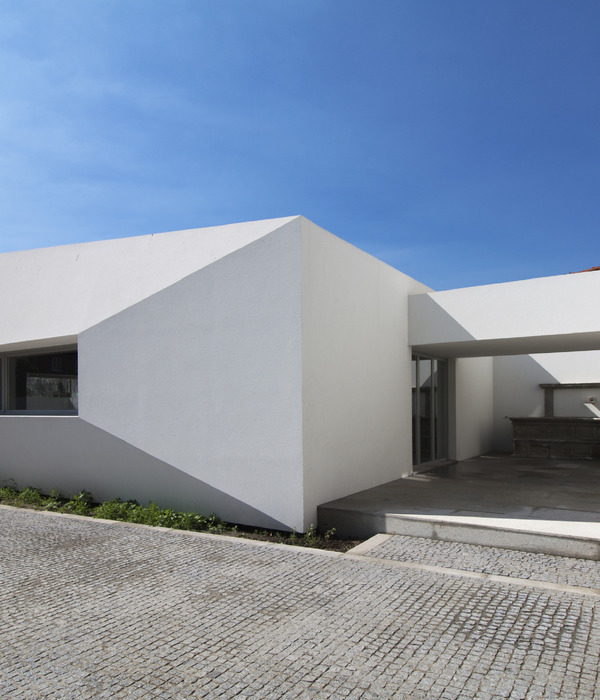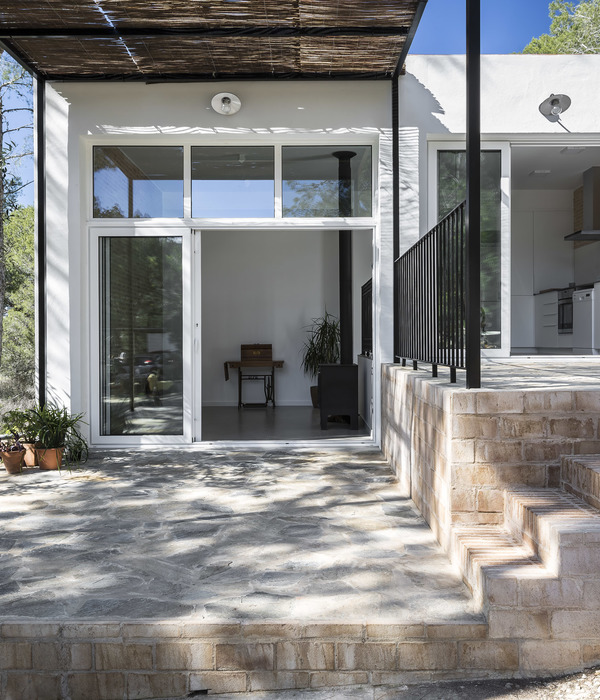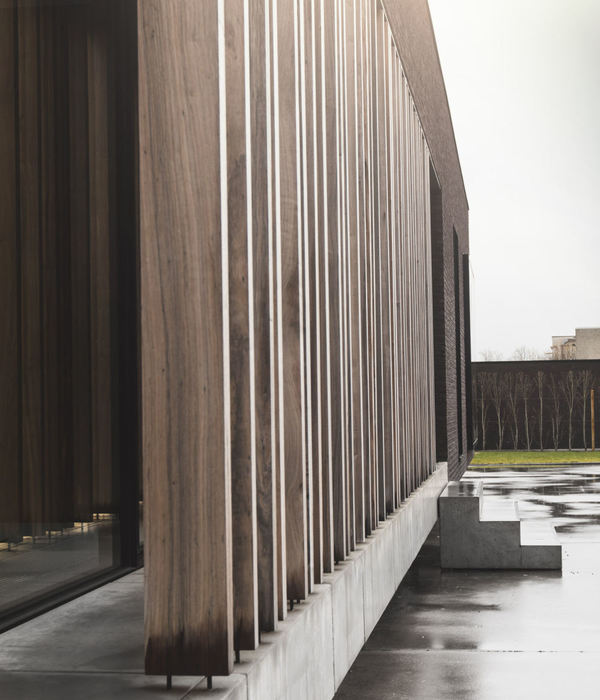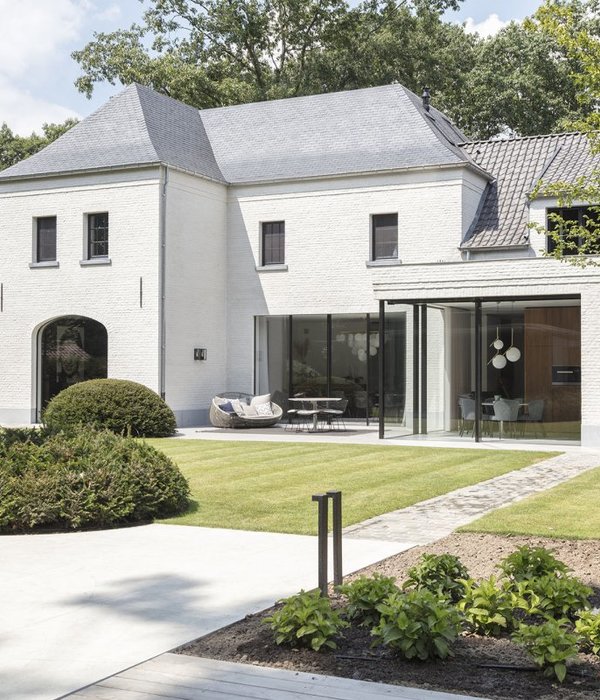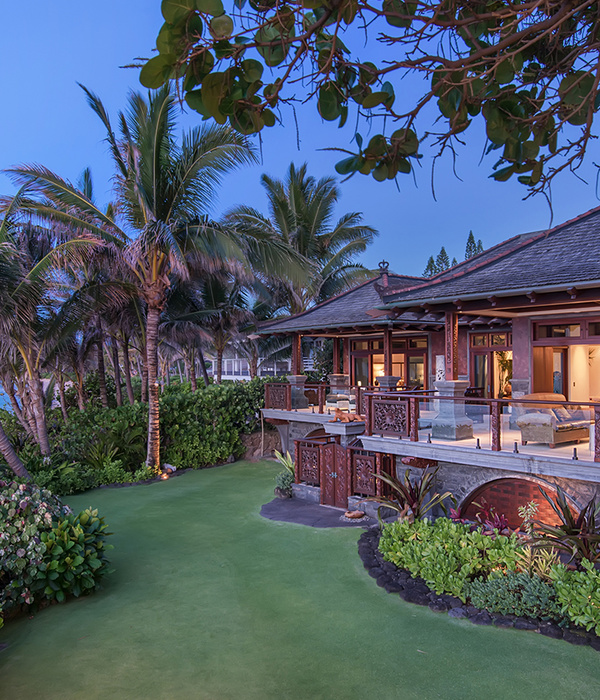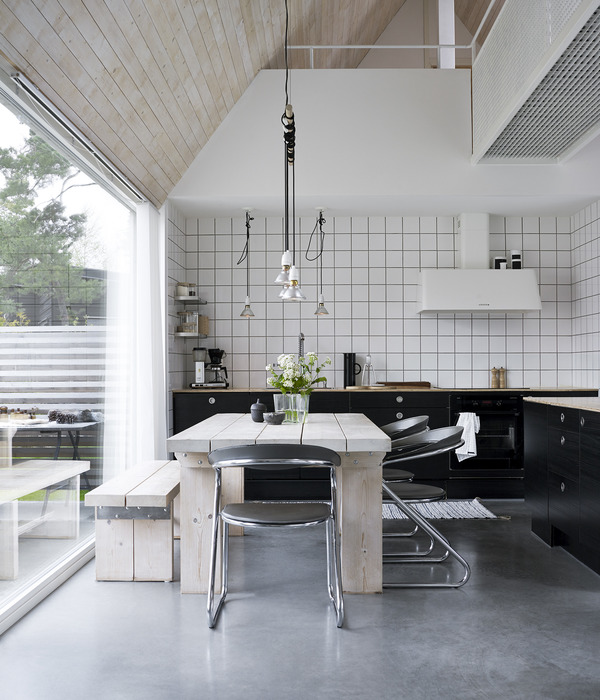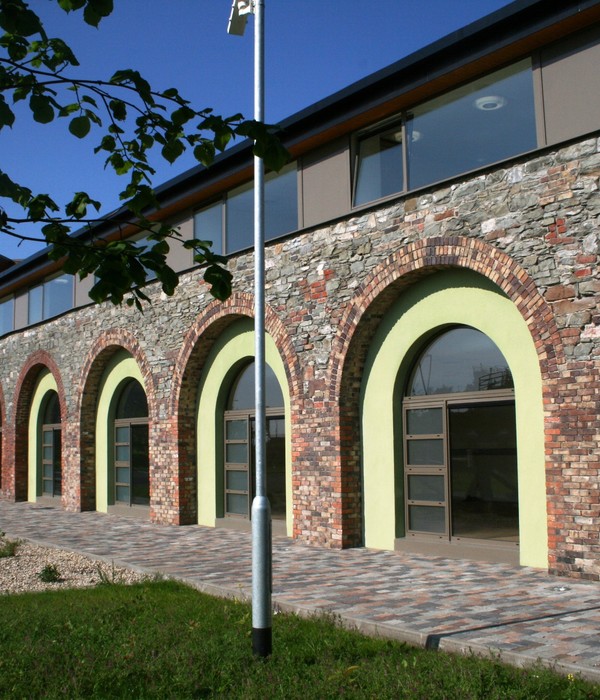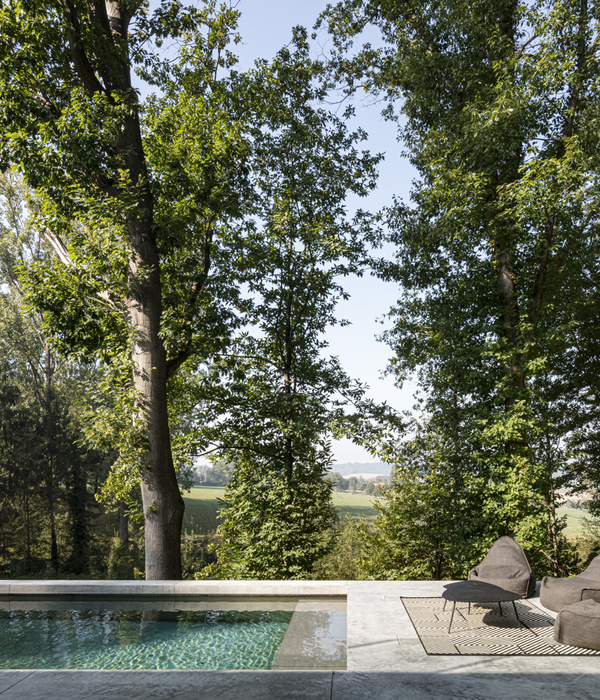PJCArchitecture created a relaxing weekend escape in the Adirondacks for husband and wife retired opera performers. Following the couple’s directive to create a comfortable home that engages with its surroundings and provides plenty of space for entertaining, PJCA artfully constructed a three-story, 1910-square-foot house with two bedrooms and 2 1/2 bathrooms, as well as a 158-square foot boathouse with a third bedroom. As in the making of a dance or aria, the creation of this lakeside getaway resulted from a collaborative process between the homeowners, design team, and local laborers.
The former performers came to the project with deep-seated sensitivity to the arts and an appreciation for materiality and form. Both had strong visions for the aesthetics of the home, with one favoring a clean-lined aesthetic with the simple detailing of a Japanese Tea House and the other seeking a cottage feel with articulated details reminiscent of the home in “On Golden Pond.” PJCA worked diligently to mediate these conflicting visions, gathering imagery from both concepts and merging elements of both.
They ultimately decided to clad the house in “Shou Sugi Ban,” an eco-friendly, charred wood siding that the couple had experienced in their travels to Japan. The material helps the house cohere with its surroundings and maintain clean lines. The design of the home nods to the vernacular architecture of the Adirondacks—pitched roofs, wood siding, and stone walls—while providing a fresh take on the familiar forms and materials.
The site of the home, a steep slope dotted with tall trees that work their way down to the lakeside, provided inspiration for the home’s form. Challenged by zoning parameters which only allowed for a small footprint, PJCA designed the house vertically, creating three stories of habitable space. The form of the house varies dramatically depending upon the viewer’s direction of approach. When approaching from the driveway, the home appears as a modest, one-level gable roof home with minimal massing.
Upon crossing the bridge to the front entrance, visitors are intrigued to find that they are on the top level of the home and there are two more below. When approaching from the lakeside direction, the home appears as a tall form that grows up from the lake in harmony with the surrounding trees and hills. The southeast corner of the home reads as a glass and wood cube that appears to be extracted from the massing of the main house, overlooking the best views of the lake.
Entering the home on the third level, the space opens up into a main living area and kitchen. The large cathedral ceiling is flooded with light streaming in from floor-to-ceiling windows. A sculptural volume in the middle echoes the exterior massing of the home and organizes the space. The cottage aesthetic is felt in the powder-blue kitchen cabinetry, white wood shiplap walls with tongue-and-groove planks, and forged wrought-iron railings on the stairs.
Down the stairs, which are filled with light from four skylights, is the primary bedroom facing the lake. This room seems to extend further into the exterior with a screened terrace room. On the lowest level is the family or guest room, as well as a bathroom, laundry area, and mechanical room. Floor-to-ceiling sliding doors connect this level with the wide vista of the lake and provide access to the adjacent boat house.
{{item.text_origin}}


